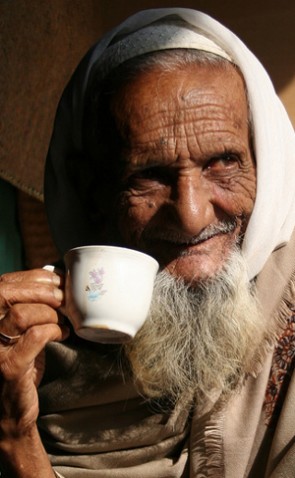Average life expectancy now 72 years: BBS
Average life expectancy at birth in Bangladesh increased by 0.4 year to stand at 72 years in 2017 from that of 71.6 years in 2016, according to a survey report of the Bangladesh Bureau of Statistics.
The report titled Bangladesh Sample Vital Statistics 2017 also said that adult literacy rate of population also increased to 72.9 per cent in the year from that of 72.3 per cent in 2016.
BBS defines a person as literate if he or she is able to write a simple letter.
Planning minister AHM Mustafa Kamal on Wednesday released the findings of the survey at a programme held at BBS auditorium in Dhaka.
According to the survey, being carried out since 1980 under Sample Vital Registration System, the country’s population as of January 1, 2018 stood at 16,36,50,000 with an annual natural growth rate at 1.34 per cent.
BBS carries out the survey to study the changes in the demographic scenarios and produce series data on some issues related to health and population.
The report finds out that gain in life expectancy is somewhat higher among the females at 73.5 years than those among the males at 70.6 years resulting from a higher survival advantage in favor of females.
In 2016, female life expectancy was 72.9 years against 70.3 years for male.
The report says the rate of literacy is higher among adult males which increased to 75.7 per cent in 2017 from that of 75.2 years a year ago.
Adult female literacy rate also increased and stood at 70.1 years from that of 69.5 years.
In 2017, 81.1 per cent of urban people were literate against 66.1 per cent of rural population.
The country’s total fertility rate (per women aged between 15 and 49 years) dropped to 2.05 per cent from 2.10 per cent a year ago while crude birth rate (per 1,000 population) dropped to 18.5 from 18.7 in 2016.
Mortality rate or crude death rate (per 1,000 population) remained stable at 5.1 per cent over the last three years.
Infant mortality rate for below one year child (per 1,000 live births) declined to 24 in 2017 from that of 28 a year ago while under-five mortality rate also dropped to 31 from 35 a year back.
Neo-natal mortality rate for baby aged below one month (per 1,000 live births) dropped to 17 in the year from 19 a year back while child death rate (per 1,000 children aged 1-4 years) remained stable at 1.8 in last two years.
Maternal mortality ratio (per 1,000 population) decreased to 1.72 from 1.78.
According to the report, the contraceptive prevalence rate stood at 62.5 per cent in the year slightly rising from 62.3 per cent a year back.
The situation related to access to drinking water remained stable at 98 per cent over the last two years while access to electricity increased significantly to 85.3 per cent in the year from that of 81.2 per cent in 2016.
Sanitary toilet facility has also widened to 76.8 per cent over the year from 75 per cent a year back.
Revealing the key findings of the survey, planning minister said that these indicators proved the progress of the country in recent years.
He said that the country’s GDP growth might finally reach to 7.7 to 7.8 per cent from the provisional estimation of 7.65 per cent.
At the programme, Statistics and Informatics Division secretary Saurendra Nath Chakrabhartty, BBS director general Amir Hossain, Monitoring the Situation of Vital Statistics of Bangladesh project director AKM Ashraful Haque and ICDDR,B emeritus scientist Abdur Razzaque, among others, spoke on the occasion.
News Courtesy: www.newagebd.net











